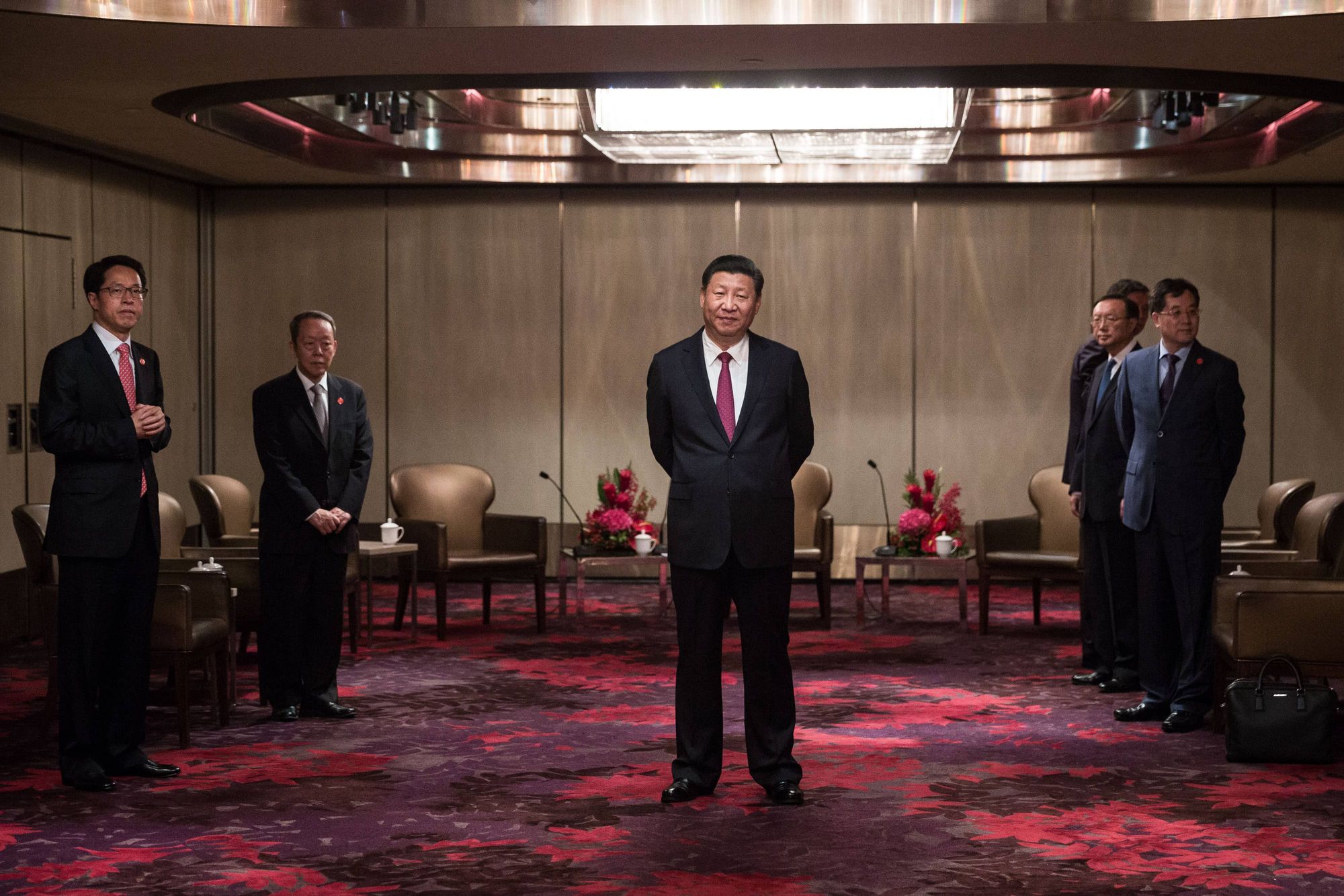In recent decades, China's authoritarian political regime has proven to be a viable alternative to liberal democracy, providing an effective system that allows for long-term political and economic strategic planning on a scale not seen in western democracies, where consensus and planning are achieved in a pendulum movement. The political agenda of the Chinese Communist Party has in part won legitimacy by delivering soaring economic growth for decades, lifting more than 850 million Chinese out of extreme poverty in the last 35 years. The successful Chinese system is known as Communism 2.0, but how did it come to prominence, and what challenges is it facing today?
“To get rich is glorious” said Deng Xiaoping, the principal architect of the 1978 reforms that liberalized the Chinese economy, insinuating that capitalism is ideologically neutral. Deng Xiaoping argued that communist political ideas and capitalism are compatible, disputing the hypothesis that capitalism has democratizing effects and rejecting the notion that capitalism is anathema to the central principles of communism. His theory has stood the test of time and has developed a new set of ideas: communism 2.0, which embraces the free market mechanisms of capitalism while politically enforcing communist ideas, which may well sound like a paradox, but despite this, it is within the paradox itself that both China's prosperity and its current economic woes reside.
While Communism 1.0, the philosophy that governed China for most of the 20th century, was based on heavy industry, Artificial Intelligence and technology is at the core of Communism 2.0, providing a largely bloodless method of extending total control over the population. The surveillance technology creates an unassailable authoritarian, or even totalitarian, regime controlled by a single party, complemented by the emerging military surveillance industrial complex, ensuring that every person adheres to the party line. In 2021 China launched the “Sharp eyes” program, aiming to surveil 100% of public spaces, turning neighbours into agents of the surveillance state. A worrying tendency in Chinese policy, recognizing the repression of the individual as a guarantee of prosperity for the majority.
Chinese initiatives such as the Belt and Road Initiative (BRI), the creation of a new Silk Road linking Africa, Asia and Europe to remove friction from imports and exports to China, is the kind of project that the western democracies acutely lack. The BRI not only deepens the dependency on China and thereby the relative power of China, but also acts as the main spreader of communism 2.0, both showing the success of the ideology and providing an alternative to liberal democracy imposed by the west.
Although Chinese Communism 2.0 has propelled the economy from rags to riches, China’s decades of double-digit growth are over. Beijing faces a series of economic challenges that are currently slowing economic growth and damaging China's ambitions to achieve global dominance.
First, China’s Covid-19 response, referred to as the zero-Covid policy, led to the Chinese society operating almost free of the virus in 2020 and 2021. However, as the virus came raging back in 2022, the rigid policy enforcement meant that major cities in China were completely locked down. Shanghai, the biggest city in China with a population of 26 million residents, endured a two months long lockdown, negatively affecting growth and unemployment and increasing the likelihood of a recession. The Covid response in China has demonstrated that there is no intention to follow the Western "live with the virus" dynamic, but rather to use the superiority of eradicating the virus as a political tool to demonstrate the effectiveness of the Chinese political system. While China has gained clout for its quick and decisive elimination of the virus, the Chinese economy is suffering as a result.
Second, the economic growth of the last decades has largely come from two places: the centrally planned infrastructure project delivered by the state and the real estate sector. Both the real estate sector and the ambitious infrastructure project have resulted in the total Chinese debt doubling during the last 15 years, overtaking the US in debt to GDP. Recently, the most valuable real estate company in the world, Evergrande, defaulted on its payments, making headlines and starting what is dubbed The Chinese Property Crisis. Evergrande was so indebted and insolvent that it was on the verge of bankruptcy. A bankruptcy so severe that it could affect the entire Chinese economy. This was not an isolated case, the whole property sector had been building so rapidly that ghost towns with no inhabitants became a reality. Although the real estate sector and the infrastructure projects have been the main drivers of economic growth, it has been at the expense of a debt-driven economy that is on the verge of overheating.
Third, the Chinese economic miracle has largely been fuelled by the loose monetary policy in the US, encouraging spending and contributing to the US accounting for a third of Chinese exports. As interest rates are set to rise in the light of heightened inflation, overseas demand for Chinese exports is falling, forcing China to transition from an export-driven economy to a consumption-driven economy if it is to sustain its high growth rates. The Chinese government needs to implement economic reforms to mature the economy in order to satisfy domestic supply with domestic consumption, making China less dependent on exports and more immune to external macroeconomic shocks.
China has proved communism 2.0 as a viable alternative to western liberal democracy, effectively taking the US head-on. Although China has emerged as a regional hegemony, it faces a series of economic challenges. Their rigid covid response has resulted in stagnating economic growth, their ambitious infrastructure projects and indebted real estate sector has resulted in a debt crisis, and they are experiencing a substantial dependency on exports, making them vulnerable to external shocks. Whereas the rigid covid response is used as a political tool and likely will not change, Beijing is forced to respond to its serious debt issues as well as its dependency on exports, in order to make them more self-sufficient.
